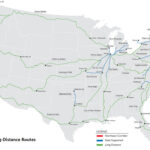Developing a new aircraft is a complex and demanding process, requiring extensive testing to guarantee safety, reliability, and performance. To ensure its next-generation E2 jetliners were ready for the rigors of commercial aviation, Brazilian aerospace giant Embraer took an unprecedented step: it created its own dedicated airline, Pioneer Airlines.
While it might seem unconventional for an aircraft manufacturer to operate an airline, Pioneer Airlines played a crucial role in the development and certification of the Embraer E-Jet E2 family. This unique initiative allowed Embraer to rigorously test its aircraft in simulated real-world airline operations, pushing the boundaries of performance and reliability under diverse conditions. But was Pioneer Airlines a genuine airline, or simply a sophisticated testing program? Let’s delve into the story of Embraer’s innovative approach to aircraft development.
The Birth of Pioneer Airlines: Testing with a Purpose
Established in Brazil in 1969, Embraer has grown into the world’s third-largest manufacturer of commercial jets, renowned for its regional aircraft. With a global workforce of approximately 18,000 and over 8,000 aircraft delivered worldwide, Embraer has a long history of innovation in aviation.
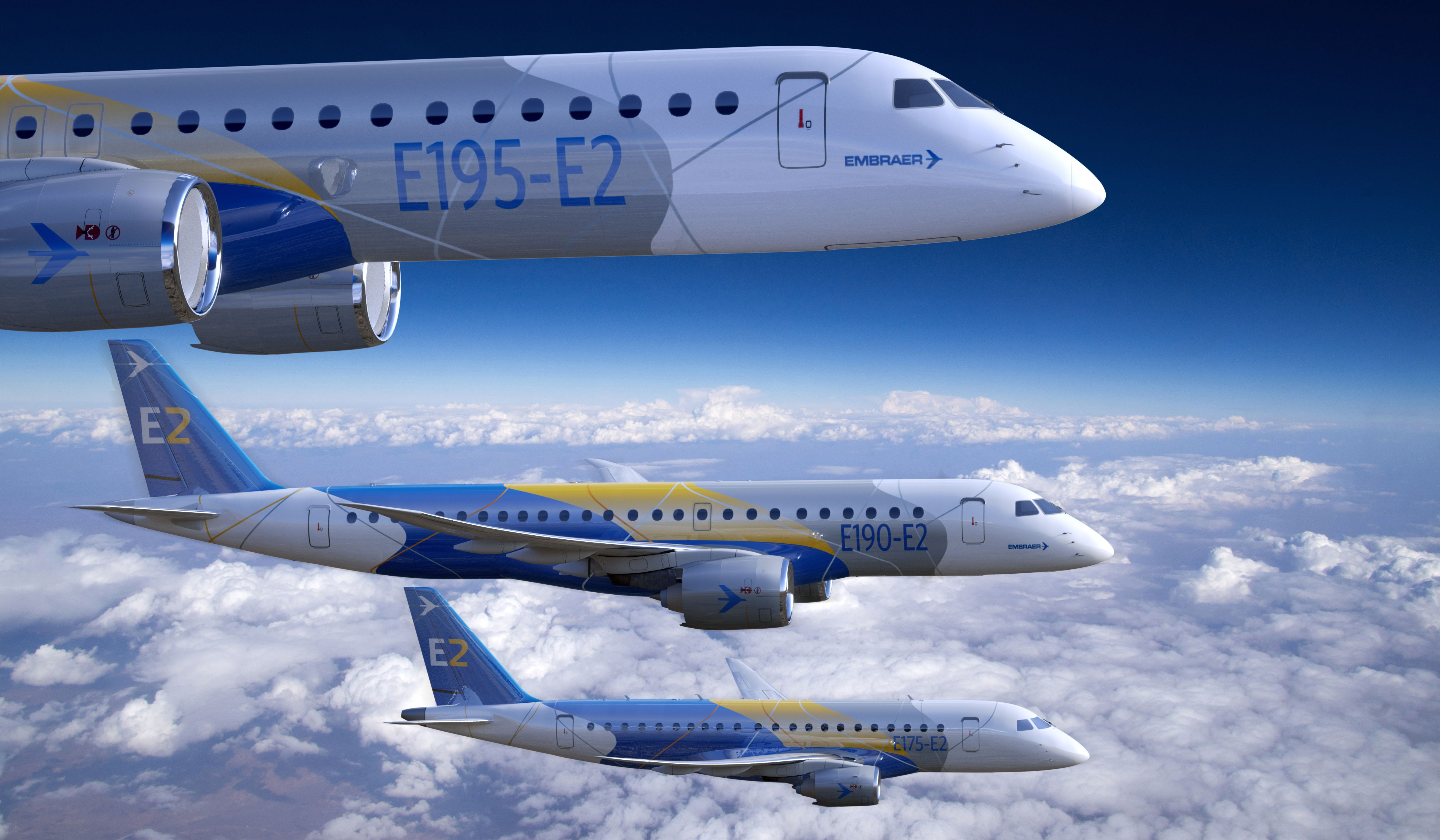 Renderings of Embraer E2 jets flying
Renderings of Embraer E2 jets flying
Image: Embraer E2 jetliners undergoing flight testing as part of Pioneer Airlines program.
Nearly five decades after its inception, Embraer launched Pioneer Airlines with a singular, focused mission: to expedite and enhance the certification process for the E-Jet E2 family. Pioneer Airlines was designed to simulate the demanding operational environment of a typical airline, subjecting the E2 aircraft to high-frequency, high-cycle schedules and challenging conditions, including cold weather operations in regions like North America.
This in-house airline allowed Embraer to thoroughly evaluate its design concepts and identify any potential issues before the E2 entered commercial service. Priscila Doro, Embraer’s Technical Marketing Manager, aptly described the airline’s function: “We’re building the day-to-day workings of our own airline to ensure this aircraft arrives on the market super robust and super mature.” By operating Pioneer Airlines, Embraer aimed to deliver a thoroughly tested and refined aircraft to its customers, minimizing potential teething problems in real-world airline operations.
Pioneer Airlines commenced operations with its inaugural flight on May 23rd, 2016, departing from São Paulo. The E-Jet E2 test aircraft soared for over three hours, reaching an altitude of 41,000 feet and a speed of Mach 0.82. Just two months later, Pioneer Airlines showcased the E2’s capabilities on a transatlantic flight to the Farnborough Airshow in the UK, demonstrating its long-range performance and global reach.
Pushing the E2 to its Limits: Rigorous Test Campaigns
Embraer’s Pioneer Airlines mirrored the operational tempo of a functioning passenger carrier, executing a comprehensive test campaign designed to replicate the daily demands of airline service. According to Embraer’s four-part documentary series highlighting the program, Pioneer Airlines conducted over 600 tests exceeding the standard certification requirements. These extensive tests were performed across more than 13 destinations spanning Brazil and the United States, exposing the E2 to a wide spectrum of operational scenarios.
In May 2016, Pioneer Airlines deployed the E2 to Eglin Air Force Base in Florida, subjecting it to extreme low-temperature testing in specialized climatic facilities. Further cold-weather trials took place in February 2018 in Rockford, Illinois, where Pioneer Airlines evaluated the aircraft’s performance in harsh Northern Hemisphere winter conditions. Throughout these demanding trials, the E2 accumulated over 100 flight hours under the Pioneer Airlines banner, visiting 17 cities and undergoing rigorous de-icing and anti-ice procedure assessments.
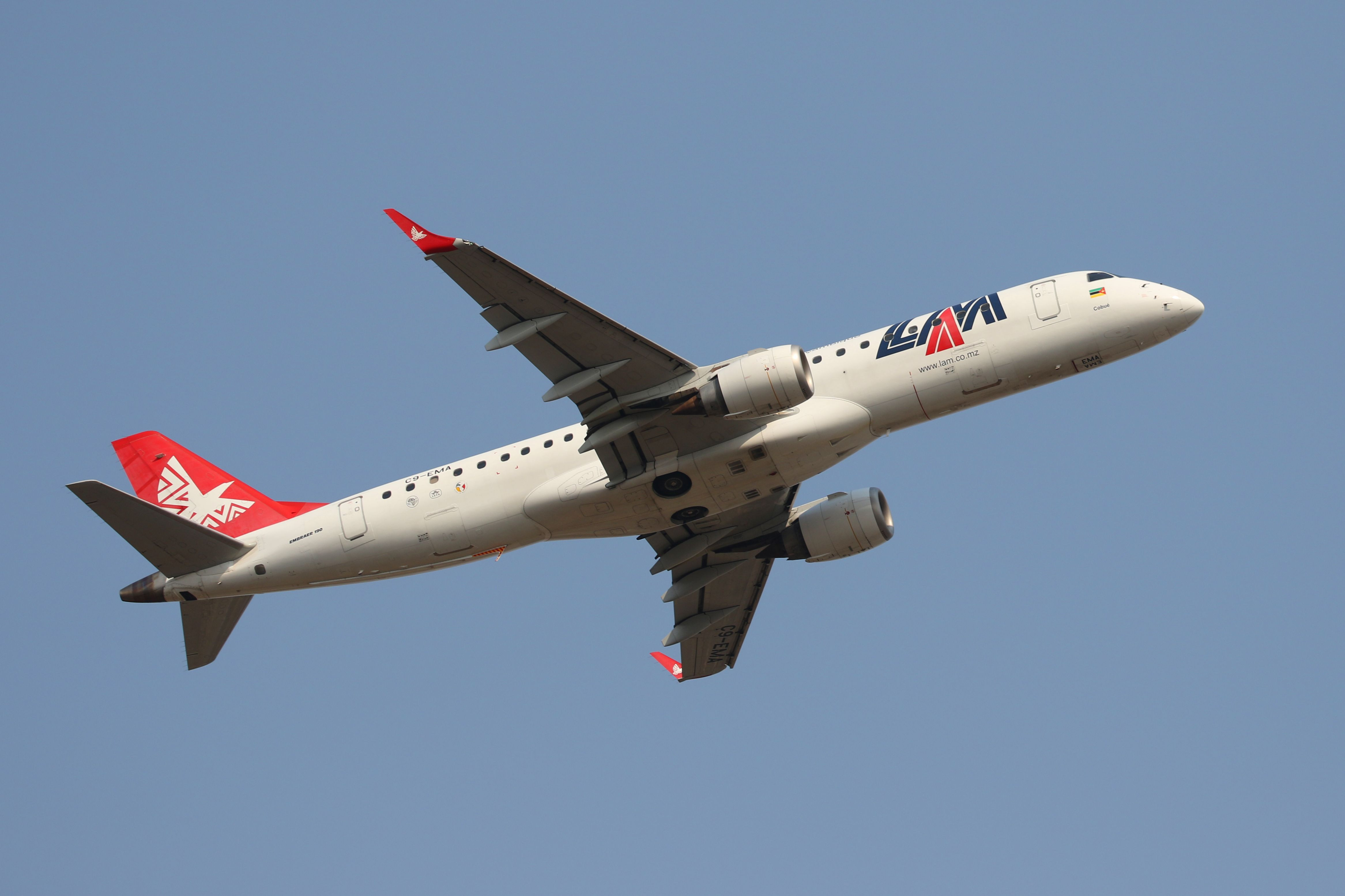 LAM Mozambique Embraer 190
LAM Mozambique Embraer 190
Image: An Embraer 190 aircraft operated by LAM Mozambique, illustrating the successful deployment of Embraer’s E-Jet family in commercial airlines worldwide.
Pioneer Airlines: Airline in Name Only?
Embraer marketed Pioneer Airlines as “an airline within Embraer with a very real mission,” emphasizing the seriousness of its purpose. However, the question remains: could Pioneer Airlines genuinely be considered an airline? In essence, Pioneer Airlines was the operational guise for Embraer’s E2 flight test team.
While Pioneer Airlines simulated many aspects of airline operations, including high-frequency schedules, it notably did not transport fare-paying passengers with standard flight bookings, reservations, or boarding procedures. Therefore, whether Pioneer Airlines meets the strict definition of an “airline” is debatable.
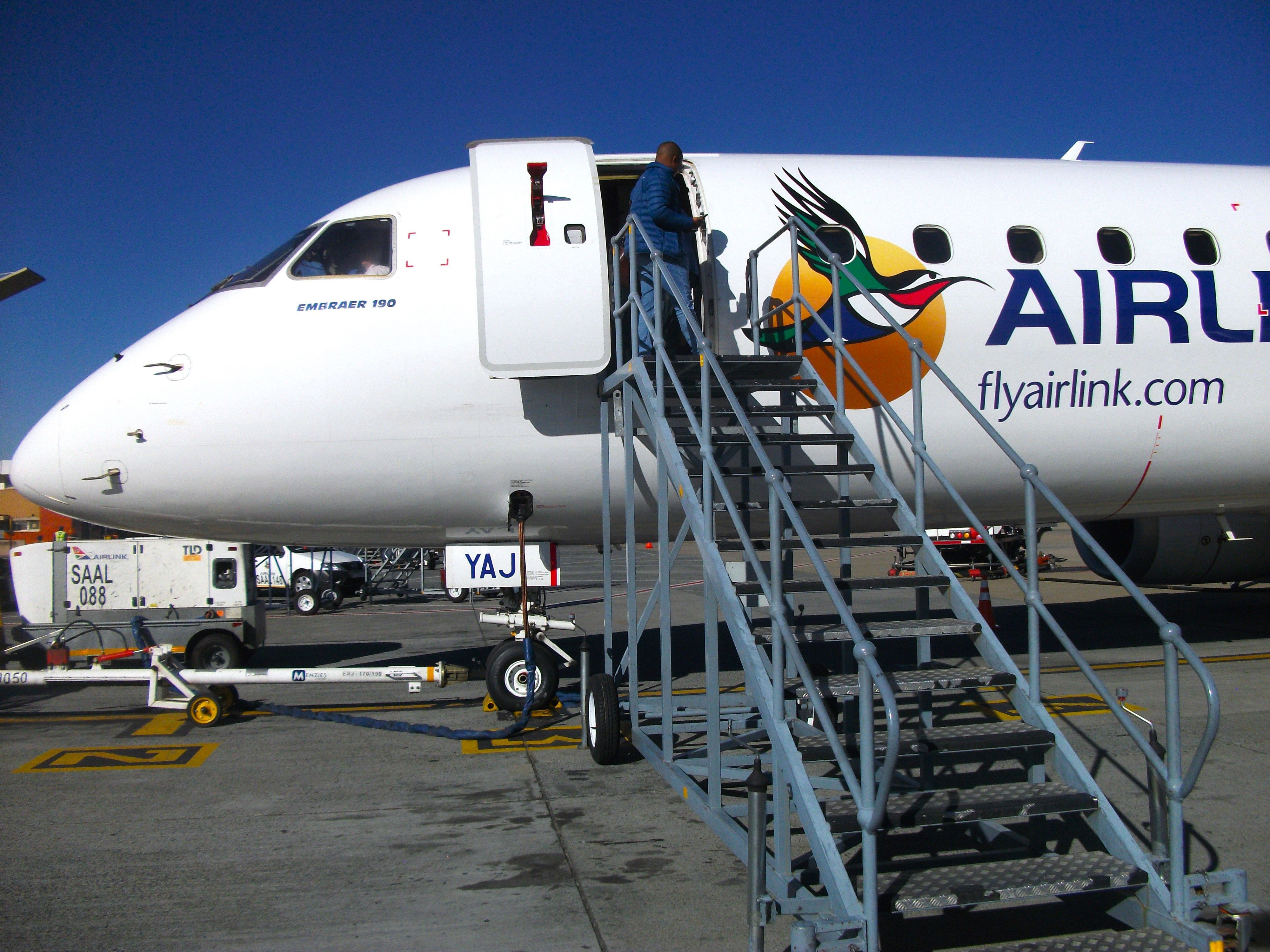 A closeup of an Airlink Embraer 190 on an airport apron.
A closeup of an Airlink Embraer 190 on an airport apron.
Photo: Embraer E190 aircraft operated by Airlink at an airport apron, demonstrating the operational readiness of Embraer jets in diverse airline environments.
The International Civil Aviation Organization (ICAO), in its foundational Chicago Convention, defines an airline as any air transport enterprise offering or operating an international air service. “Air service” is further defined as scheduled flights “performed by aircraft for the public transport of passengers, mail or cargo.” Although the Chicago Convention focuses on international services, domestic operations are also included in the broader definition. Applying this definition, Pioneer Airlines, lacking public passenger transport, likely falls short of ICAO’s formal criteria for an airline.
From Pioneer to Passenger Service: Delivering on the Promise
Regardless of its classification as a “true” airline, Embraer’s Pioneer Airlines undeniably fulfilled its core mission. The dedicated team successfully delivered a robust and thoroughly tested aircraft to Widerøe, the designated launch customer for the E2. The Norwegian regional carrier was selected by Embraer in 2017 to be the first operator of the newly developed E-Jet E2.
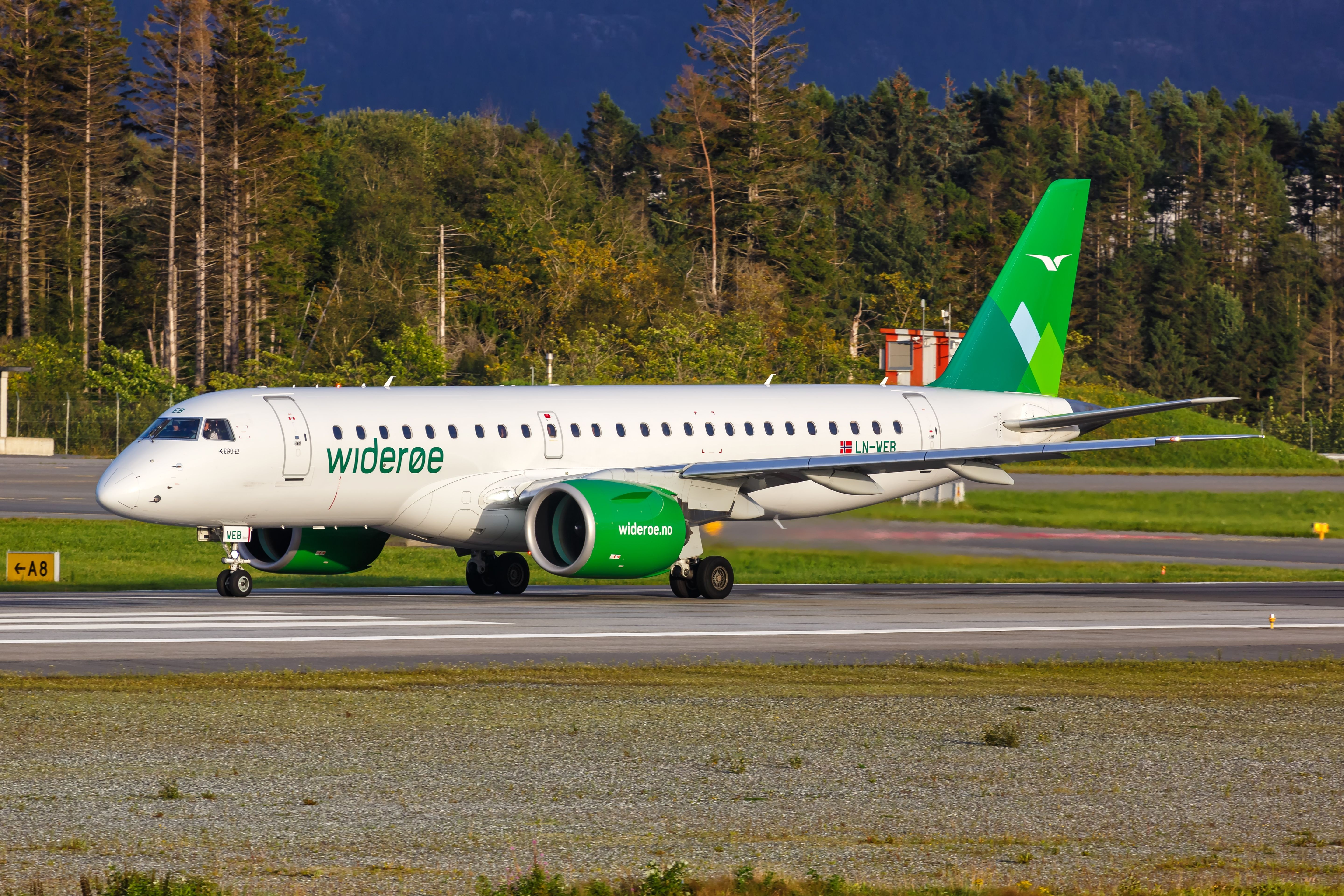 A Wideroe Embraer E190-E2 jet on the runway.
A Wideroe Embraer E190-E2 jet on the runway.
Photo: A Widerøe Embraer E190-E2 aircraft on the runway, representing the successful transition of the E2 from testing to commercial operation after Pioneer Airlines program.
Embraer delivered the world’s first E-Jet E2 (LN-WEA) to Widerøe on April 4th, 2018, and the aircraft officially entered commercial service just 20 days later. Widerøe currently operates three E190-E2 aircraft as part of its fleet. Today, 11 airlines worldwide operate Embraer E2s, with Porter Airlines of Canada as the largest operator. Embraer’s global presence includes offices, parts distribution centers, service facilities, and industrial units across Africa, Asia, Europe, and the Americas, supporting the widespread operation of its aircraft.
Pioneer Airlines stands as a testament to Embraer’s innovative approach to aircraft development, prioritizing rigorous testing and real-world simulation to ensure the delivery of reliable and mature aircraft to the market. While debates about its “airline” status may continue, the success of the E2 program and its smooth entry into service speak volumes about the effectiveness of Embraer’s pioneering testing methodology.
What are your thoughts on Embraer’s Pioneer Airlines? Do you believe its unique approach to testing represents a valuable innovation in aircraft development? Share your opinions in the comments below!

